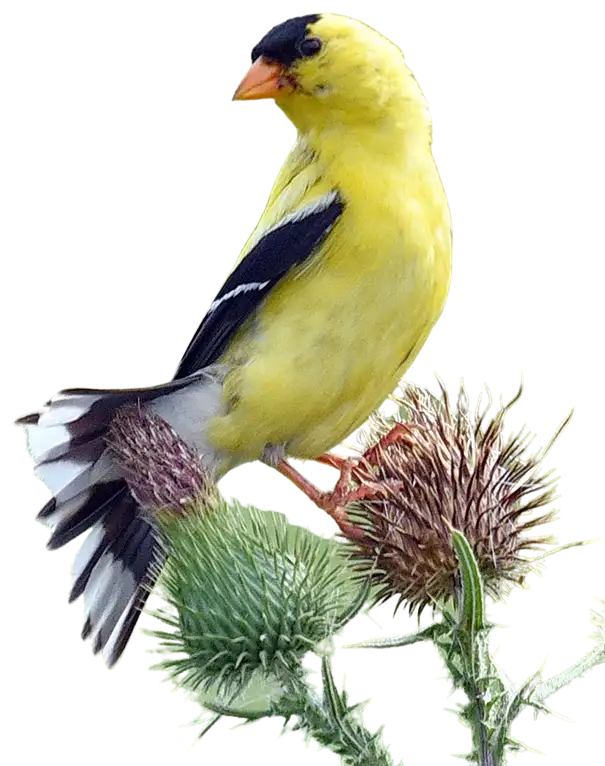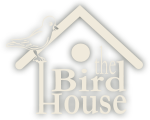Eurasian Collared-Dove… Not Now, but Soon
By Jim Ochterski, RBA Conservation Committee
January 2013
As if we needed another potentially invasive species to agonize over, here comes the Eurasian Collared-Dove. It has taken other North American communities by surprise, particularly since this possible pest is actually rather handsome!
The Eurasian Collared-Dove will likely show up in yards and feeders in the Genesee Valley by next year. It has been spreading like wildfire from the Southeastern US for the past 10 years, fueled by one thing: bird seed.
The Eurasian Collared-Dove is very fond of the seed we place out for other birds. In fact, it has adapted to a lifestyle of gorging down a lot of seed or spilled grain, and then roosting passively for hours at a time in large flocks. It does not need to hang out on the ground for long periods, vulnerable to predators, while feeding. It prefers to perch at a high vantage point while it slowly digests food.
Although it has the sweet look of an innocent, but rather overbuilt dove (length: 13 inches, wingspan: about 20 inches, weight up to ½ lb.), this is an aggressive bird when protecting its nest. Crows have been repelled as nest predators, as have Blue Jays, hawks, and even neighborhood cats. When grouped up, they can gang up on other birds at feeders, discouraging our native species and aggressively defending what they come to consider as their private pantry.
Eurasian Collared-Doves will tolerate our cold climate as long as food is available. In many other places, they have successfully colonized residential areas, possibly in direct competition with native doves like the smaller Mourning Dove. To make matters worse, they easily transport a protozoa called Trichomonas gallinae, detrimental to the accipiters and falcons that would otherwise feed on them.
How do we know this bird is on its way to the Genesee Valley? Citizen science. The thousands of volunteers that make up the Project FeederWatch network have been recording and submitting data from their feeder studies. A recent article in Winter Bird Highlights from Project FeederWatch listed the Eurasian Collared-Dove as a new species of concern. Volunteers have recorded the bird in many northern states, and the Pennsylvania Breeding Bird Atlas recorded one as close as Erie, PA.
We do not know if an invasion of Eurasian Collared-Doves will be detrimental to native doves or other grain-eating species, but it will be important to watch. If you have been on the fence about participating in a volunteer data-gathering effort like Project FeederWatch, now might be the time. We want to know when this new dove species goes from being a regional concern to a surprise house guest.



